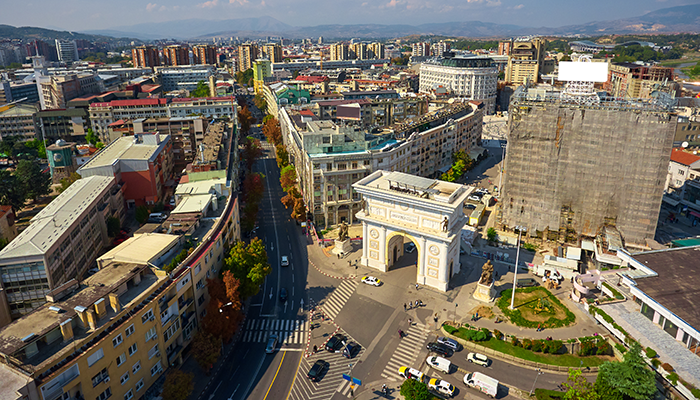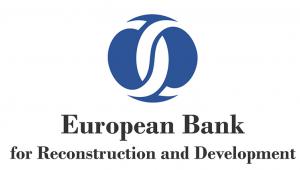web_skopje-city_istock-895020782.png

Skopje, the capital of Macedonia Photo: iStock
Skopje in FYR Macedonia remains one of the lesser-known European capitals. Strenuous efforts to raise the city’s profile were rewarded when the Lonely Planet travel guide recently recognised it as “a quirky cocktail of styles”. Macedonians were less happy, however, when the World Health Organization listed Skopje as “the most polluted capital in Europe”.
This serves as a stark warning not just for Skopje but for the entire Western Balkans region (which as well as FYR Macedonia encompasses Albania, Bosnia and Herzegovina, Kosovo, Montenegro and Serbia). The whole area suffers from high levels of air pollution caused by dependence on ageing coal-fired thermal power plants.
At present there’s about 18,000 MW of installed electrical capacity in the region. It’s almost evenly divided between hydropower and thermal power plants, the latter mostly coal-fired. Of the 10 most polluting coal power plants in Europe, seven are in the Western Balkans. And the amount of carbon emitted into the atmosphere, adjusted for the size of the economy, is up to three times the EU average.
One answer to this challenge is to upgrade existing plants or construct new ones that are more efficient and environmentally friendly.
As many countries in the region have substantial reserves of cheap coal – mainly the most polluting form, lignite – plans for new coal-fired plants are under serious consideration or preparation in many places.
However, this threatens to be a serious mistake, not only in terms of environmental impact but also economically, as we argue in a recent paper, “How can the Western Balkans electricity mix be made sustainable?”
Even if the proposed upgraded or new plants meet EU Best Available Technology (BAT) standards, the cost of emitting each tonne of carbon is expected to rise as the EU tightens its emissions-trading scheme, making the continued use of high-emission power sources uneconomical.
This could lead to these assets falling into disuse, effectively stranding big investments, because it will become cheaper to use alternative energy sources. Given that the average life of a coal power plant is 45-50 years, building or upgrading one would effectively lock in assets that may have significant economic and health costs for current and future generations.
Fortunately, alternatives are becoming more viable.
Already, the other half of the Western Balkans’ installed electrical capacity is generated by hydropower plants. While hydropower has its detractors, too – mainly because of the physical impact on the environment – other renewable sources such as wind, solar and biomass are also now in the region, though still in their infancy.
With the cost of these technologies falling and performance improving, they now represent a desirable low-cost alternative, as growing interest from investors shows.
Also helping the spread of renewables is the EU approximation process most Western Balkans countries are undergoing, with its emphasis on competitive and transparent procurement procedures.
The EU goal is that each member state must generate one third of its total energy from renewable sources by 2030, though most of the Western Balkans region still has some way to go to approach this target.
In its efforts, the region can build on the existence of a relatively well-developed power connections infrastructure. One big step forward was the establishment in 2014 of the SEE (southeastern Europe) coordinated auction office, supported by the EBRD, which is responsible for managing cross-border capacity for transparent electricity trading.
More than anything, eventually kicking the coal habit of the Western Balkans countries will require finding a suitable replacement.
The good news is that this already exists. At least for a transitional period, gas is a viable alternative that offers considerable advantages relative to coal, both economically and environmentally.
The completion of huge gas projects such as the Trans-Adriatic Pipeline brings new dimensions not only in terms of supply but also in the creation of new links – in the spirit of “a quirky cocktail of styles”.
A version of this blog first appeared on the EBRD’s website













